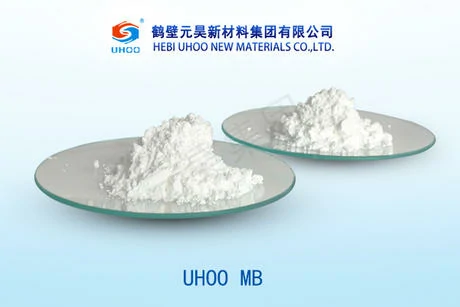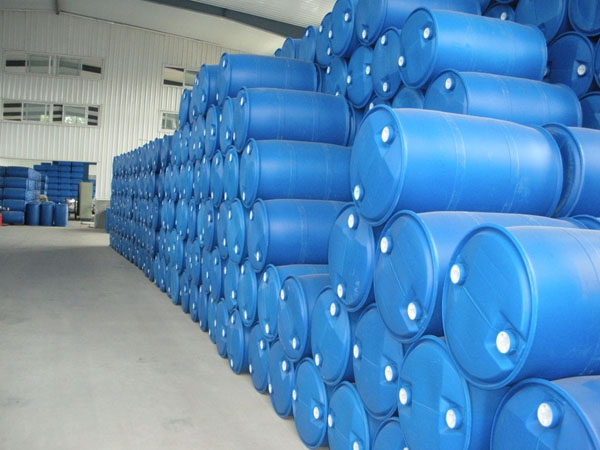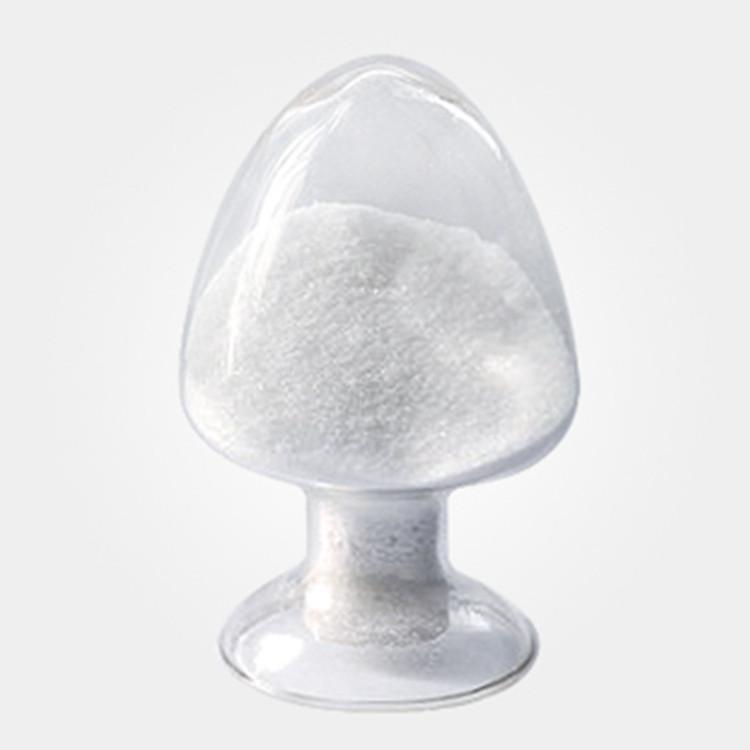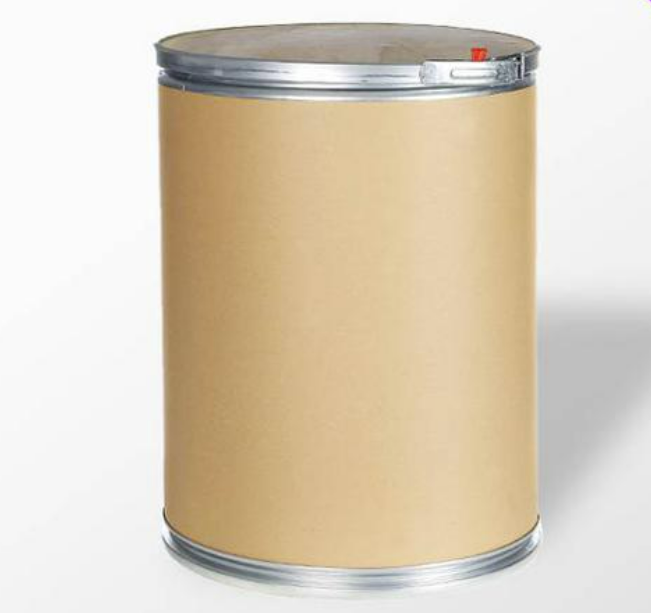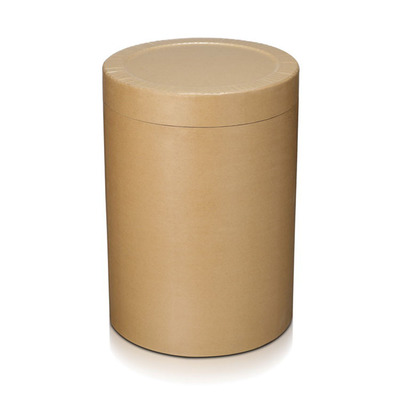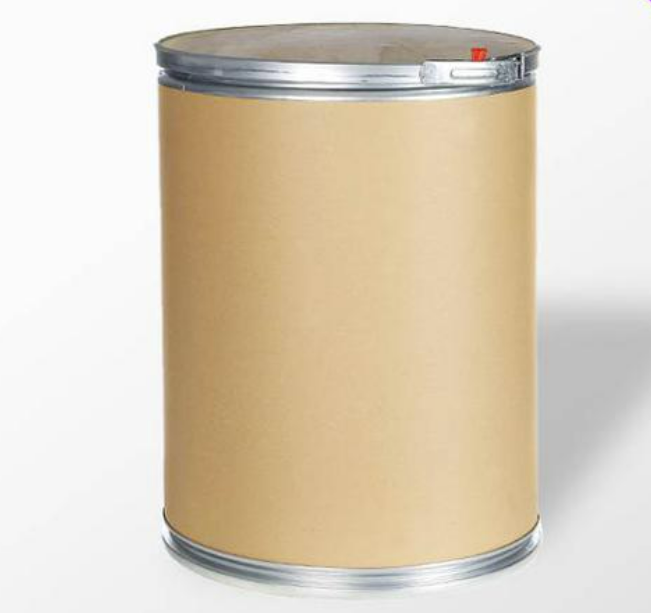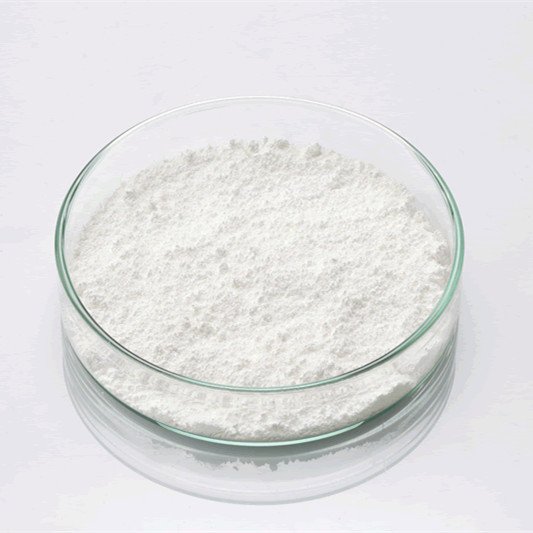Pharmaceutical Raw Materials
Veterinary API
Antiallergic Drugs
Hormones and Endocrine Drugs
Drug Metabolism
Pharmaceutical Intermediates
Synthetic Anti Infective Drugs
Specialty Drugs
Vitamins and Minerals Medicines
Feed Drug Additive
Antineoplastic Agents
Nervous System Drugs
Respiratory Drugs
Diagnostic Agents
Anti Stress Drugs
Antipyretic Analgesics
Antiparasitic Drugs
Circulatory System Drugs
Biochemicals
Blood System Drugs
Immune System Medication
Pharmaceutical Excipients
Fluid, Electrolyte, and Acid-Base Balance
Urinary System Drugs
Antibiotics
Anesthetic Agents
Inhibitors
Other Chemical Drugs
Digestive System Drugs
CAS:583-39-1
Molecular Formula:C7H6N2S
Alias
More Information
Antioxidant Mb; Mbi; 1H-Benzo[D]Imidazole-2-Thiol; Benzimidazole-2-Thiol; 1H-Benzimidazol-2-Yl Hydrosulfide; 2-Mercapto Benzimidazole
Brief Introduction
2-mercaptobenzimidazole, an antioxidant, is a thiol substituted nitrogen heterocyclic compound, which is an important pharmaceutical intermediate and widely used in medicine, pesticide, chemical industry and other fields.
Suppliers
View More Vendors (4) >
CAS:865-48-5
Molecular Formula:C4H9NaO
Alias
More Information
Sodium-T-Butoxide; Sodium Tert Butoxide; Sodium 2-Methylpropan-2-Olate; 2-Propanol, 2-Methyl-, Sodium Salt; T-Butoxy Sodium; Mfcd00040575; Sodium T-Butanolate; (Tert-Butoxy)Sodium; Sodium Tert-Butylate; Sodium-Tert-Butoxide; Sodium Tert-Butanolate; Sodium;2-Methylpropan-2-Olate; 2-Propanol, 2-Methyl-, Sodium Salt (1:1)
Brief Introduction
As a strong base, Sodium tert-butoxide alcohol is widely used in condensation, rearrangement and ring opening reactions in chemical industry, medicine, pesticide and organic synthesis.
Suppliers
View More Vendors (4) >
CAS:6990-06-3
Molecular Formula:C31H48O6
Alias
More Information
Fusidate Sodium; Fucidin; (2Z)-2-[(3R,4S,5S,8S,9S,10S,11R,13R,14S,16S)-16-Acetyloxy-3,11-Dihydroxy-4,8,10,14-Tetramethyl-2,3,4,5,6,7,9,11,12,13,15,16-Dodecahydro-1H-Cyclopenta[A]Phenanthren-17-Ylidene]-6-Methylhept-5-Enoic Acid; Fusidate; Ramycin; Fusdic Acid; Fucidin Acid; Fucithalmic; Diethanolamine Fusidate; Fusidine; 4-Alpha,8-Alpha,9-Beta,11-Alpha,13-Alpha,14-Beta,16-Beta,17Z)-Ph; Sq16603; (3Alpha,4Alpha,8Alpha,9Beta,11Alpha,13Alpha,14Beta,16Beta,17Z)-16-(Acetyloxy)-3,11-Dihydroxy-29-Nordammara-17(20),24-Dien-21-Oic Acid; 29-Nordammara-17(20),24-Dien-21-Oicacid, 16-(Acetyloxy)-3,11-Dihydroxy-, (3A,4A,8A,9B,11A,13A,14B,16B,17Z)-
Brief Introduction
Fusidic acid is a kind of fusulinic acid antibiotic with steroidal skeleton. Its chemical structure is similar to that of cephalosporin P, but not a hormone. It is produced by fusidium coccineum or some Cephalosporium spp in fungi. Its antibacterial spectrum is narrow, similar to that of neomycin. It has obvious effect on Bacteroides fragilis, Streptococcus, streptococcus, Streptococcus, Streptococcus, Streptococcus, Streptococcus, Streptococcus The effect of Streptococcus pneumoniae is weak. Its mechanism of action is to inhibit the protein synthesis of bacteria and play an antibacterial or bactericidal role. In vitro, staphylococcus is easy to develop drug resistance to this product, and there is no cross resistance between bacteria and other anti infective drugs. Clinically, fusidic acid is used for osteomyelitis or skin and soft tissue infection caused by sensitive bacteria. It can also be used for other deep infection, such as sepsis, pneumonia, endocarditis, etc.
Suppliers
View More Vendors (3) >
CAS:7790-28-5
Molecular Formula:INaO4
Alias
More Information
Sodium Metaperiodate; Sodium m-Periodate; Sodium (meta)Periodate; Sodium meta-Periodate; Periodate Sodium; Sodium Penodate; Sodium Periodat; Sodium Periodate meta
Brief Introduction
Sodium periodate has two main uses in organic synthesis: it is used as oxidant and catalyst.
Sodium periodate is an important raw material in pharmaceutical industry. It is also used as common analytical reagent and chromatographic reagent.
Suppliers
View More Vendors (3) >
Alias
More Information
Milrinonum; 1,6-Dihydro-2-Methyl-6-Oxo-(3,4'-Bipyridine)-5-Carbonitrile; Primacor; Corotrop; Milrila; 6-Methyl-2-Oxo-5-Pyridin-4-Yl-1H-Pyridine-3-Carbonitrile; Corotrope; Milrinona; 2-Methyl-6-Oxo-1,6-Dihydro-3,4'-Bipyridine-5-Carbonitrile; 3-Cyano-6-Methyl-5-(4-Pyridyl)-2-Pyridone; 6-Methyl-5-(4-Pyridyl)-2-Pyridone-3-Carbonitrile; Ym-018
Brief Introduction
Cardiotonics that enhance cardiac contractility and directly dilate blood vessels
Suppliers
View More Vendors (3) >
Inquiry (
10
/ 10
)
Clear All
Sign In
Error!



